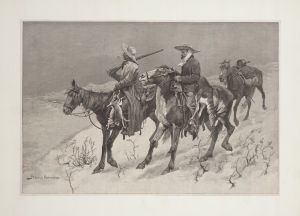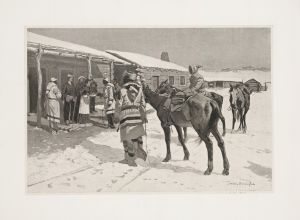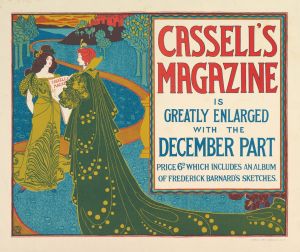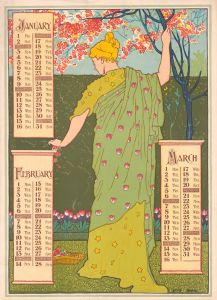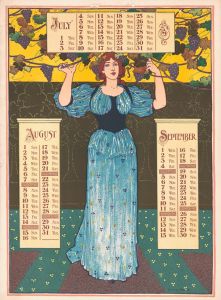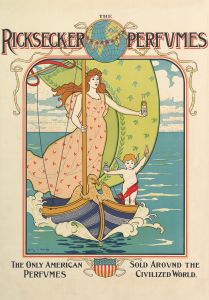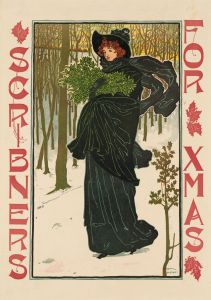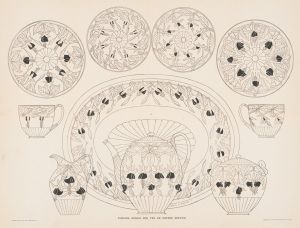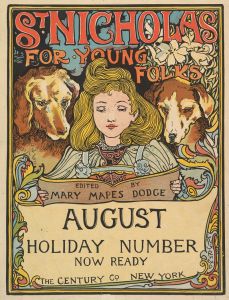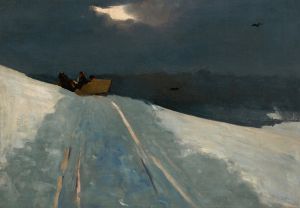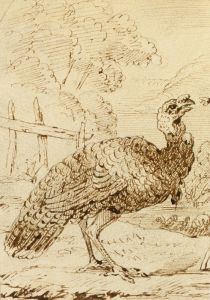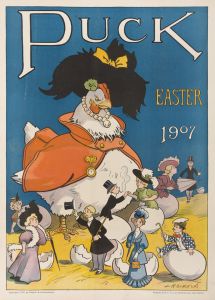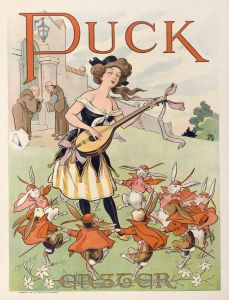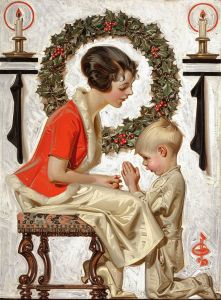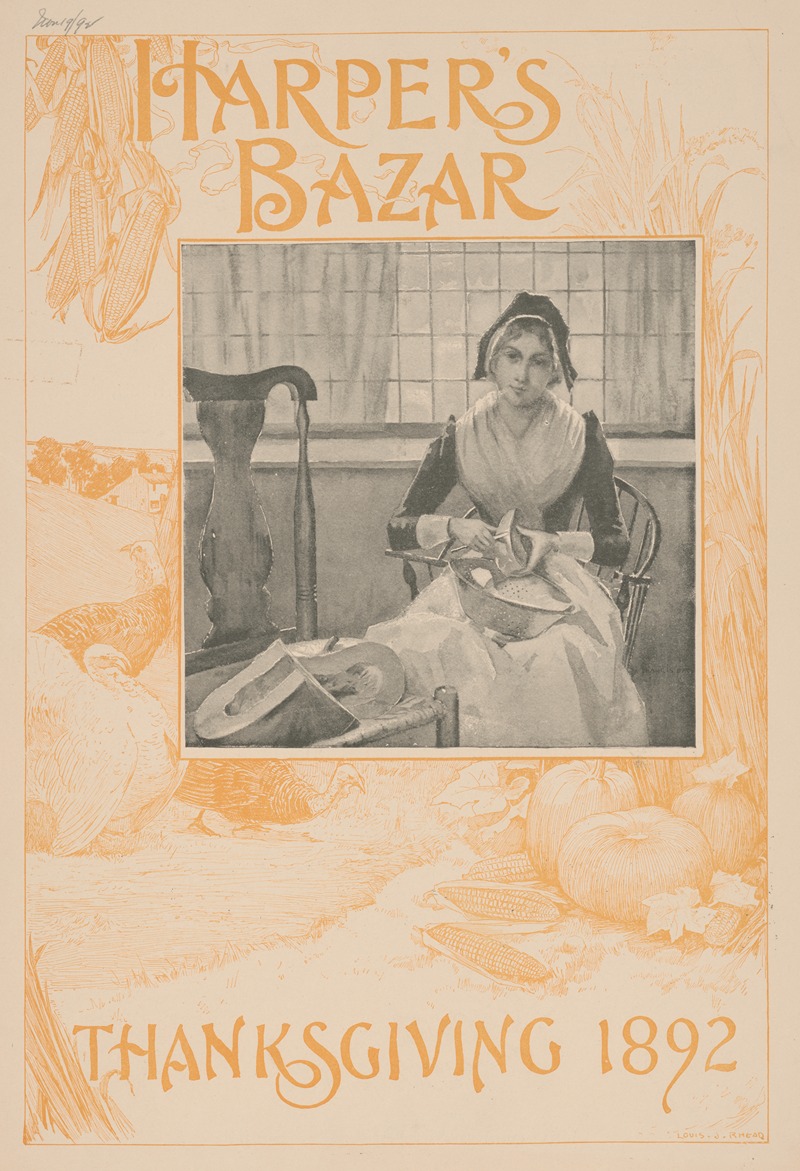
Harper’s Bazar Thanksgiving 1892
A hand-painted replica of Louis Rhead’s masterpiece Harper’s Bazar Thanksgiving 1892, meticulously crafted by professional artists to capture the true essence of the original. Each piece is created with museum-quality canvas and rare mineral pigments, carefully painted by experienced artists with delicate brushstrokes and rich, layered colors to perfectly recreate the texture of the original artwork. Unlike machine-printed reproductions, this hand-painted version brings the painting to life, infused with the artist’s emotions and skill in every stroke. Whether for personal collection or home decoration, it instantly elevates the artistic atmosphere of any space.
Louis Rhead's illustration for the Thanksgiving 1892 issue of Harper's Bazar is a notable example of late 19th-century American magazine art. Louis Rhead, a British-born artist who emigrated to the United States, was known for his contributions to the Art Nouveau movement and his work in book and magazine illustration. His style often featured intricate line work and vibrant colors, which were characteristic of the period's aesthetic preferences.
Harper's Bazar, a prominent women's fashion magazine founded in 1867, frequently commissioned artists to create cover illustrations and accompanying artwork for its issues. The Thanksgiving 1892 illustration by Rhead would have been part of this tradition, capturing the festive spirit and cultural significance of the holiday in the United States. Thanksgiving, celebrated on the fourth Thursday of November, was a time for family gatherings and feasting, and magazines of the era often highlighted these themes in their holiday issues.
Rhead's work for Harper's Bazar would have been designed to appeal to the magazine's readership, which consisted primarily of middle- and upper-class women interested in fashion, culture, and domestic life. His illustrations often combined elements of fantasy and realism, creating visually engaging compositions that resonated with contemporary audiences. The Thanksgiving illustration likely featured motifs associated with the holiday, such as autumnal foliage, harvest scenes, or depictions of family gatherings, though specific details of the artwork are not widely documented.
During this period, magazine illustrations played a crucial role in shaping public perceptions and cultural narratives. Artists like Rhead contributed to the visual culture of the time, influencing how holidays and other significant events were represented in popular media. The collaboration between artists and magazines was mutually beneficial, as it allowed artists to reach a broad audience while providing publications with visually appealing content that attracted readers.
Louis Rhead's career extended beyond magazine illustration; he was also known for his work in book illustration, particularly for children's literature. His illustrations for classic tales such as "Robin Hood" and "The Swiss Family Robinson" are well-regarded for their imaginative and detailed style. Rhead's contributions to the arts were recognized during his lifetime, and his works continue to be appreciated for their artistic merit and historical significance.
While specific information about the Thanksgiving 1892 illustration for Harper's Bazar is limited, it can be understood within the broader context of Rhead's artistic oeuvre and the role of magazine illustrations in late 19th-century American culture. His work exemplifies the intersection of art and commerce during this period, reflecting both the aesthetic trends of the time and the cultural values associated with holidays like Thanksgiving.





